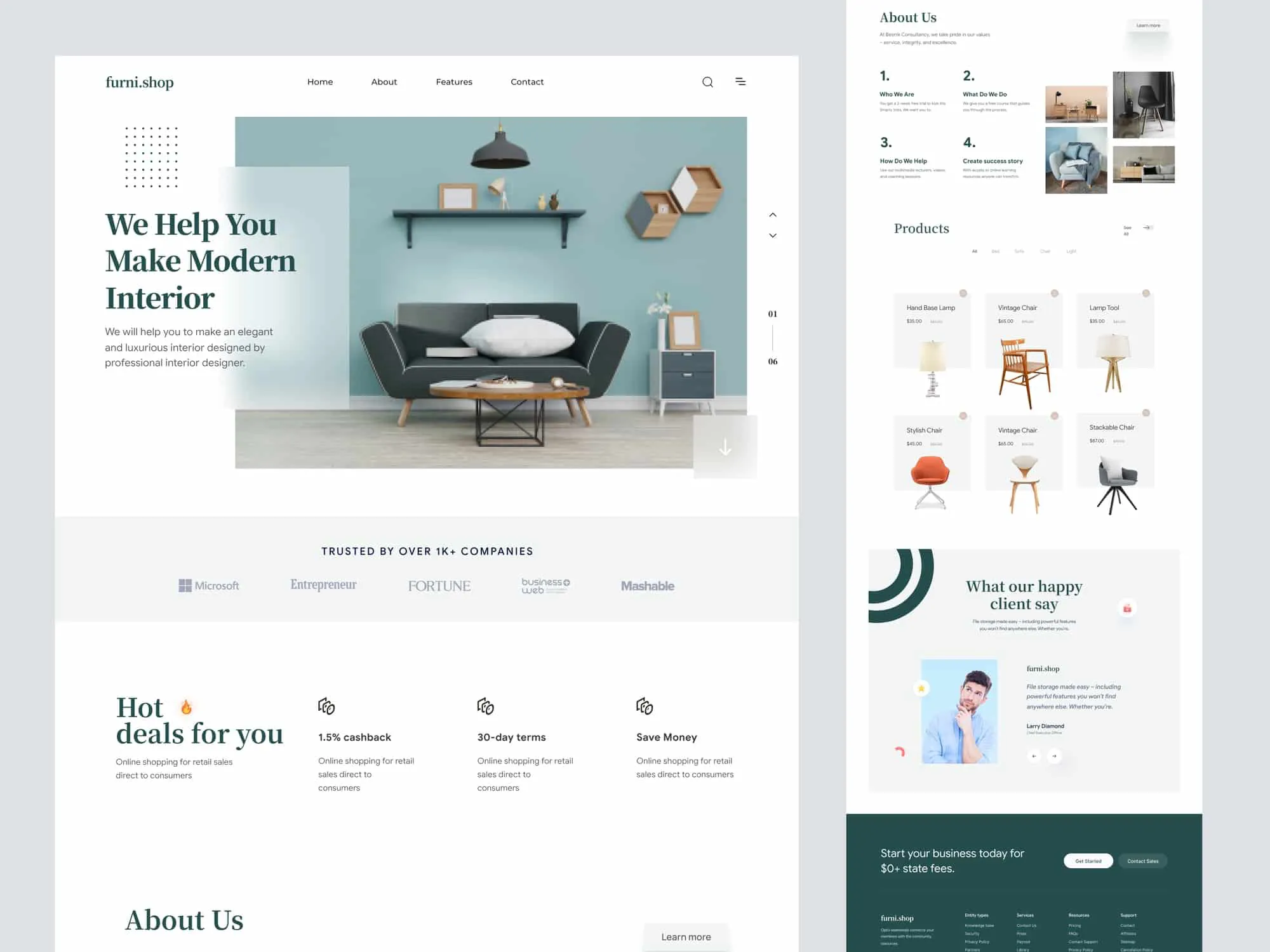Shop At Haya: Your Ultimate Shopping Guide
Discover the best shopping tips, trends, and deals for a smarter buying experience.
Landing Pages That Convert: Why Yours Might Be Just a Pretty Face
Uncover the secrets of landing pages that truly convert. Is your page just eye candy? Find out how to boost your conversions today!
The Psychology Behind High-Converting Landing Pages: What Really Works
When it comes to creating high-converting landing pages, understanding the psychology behind what motivates users is crucial. Elements such as color psychology, layout, and the use of whitespace can significantly impact a visitor's behavior. For instance, colors like red and orange can evoke urgency and encourage quick decisions, while blue can instill a sense of trust and security. Additionally, the arrangement of elements on the page plays a pivotal role; a well-structured landing page can guide the visitor's eye naturally towards the call-to-action (CTA). By employing design strategies that align with human cognitive responses, marketers can effectively enhance user engagement and increase conversion rates.
Furthermore, emotional triggers are vital in persuading visitors to take action. Utilizing social proof, such as testimonials and case studies, can affirm a potential customer's decision, making them more likely to convert. Incorporating urgency through limited-time offers or countdown timers also taps into the fear of missing out (FOMO), prompting users to act quickly. Clear and concise messaging that speaks directly to the visitor's pain points and objectives will resonate more effectively, ensuring that the landing page communicates value and relevance. By melding these psychological principles with compelling design, businesses can create landing pages that not only attract visitors but also convert them into loyal customers.

Common Mistakes That Make Your Landing Page Just a Pretty Face
Many website owners underestimate the importance of functionality on their landing pages, focusing solely on aesthetics. A common mistake is designing a landing page that looks appealing but fails to deliver a clear message. Effective landing pages should have well-defined goals, guiding visitors towards a specific action, such as signing up for a newsletter or making a purchase. Without a concise value proposition, potential customers may feel confused and leave without engaging further.
Another frequent error is neglecting mobile optimization. With a significant portion of web traffic coming from mobile devices, having a landing page that does not render well on smartphones can lead to a poor user experience. Ensure that your layout, images, and calls-to-action are responsive and easily accessible on all devices. By addressing these common pitfalls, you can transform your landing page from merely a pretty face into a powerful conversion tool.
Are You Overlooking These Essential Elements for Landing Page Success?
In the competitive landscape of digital marketing, many website owners are overlooking essential elements that can significantly impact their landing page success. For instance, the headline is the first thing a visitor sees, and it needs to be compelling enough to grab attention immediately. A strong headline should communicate the value proposition clearly and entice the visitor to read further. Beyond the headline, the subheadline plays a crucial role in providing additional context and motivating users to engage. Furthermore, incorporating a clear and visually appealing call-to-action (CTA) button can drive conversions, but it's often neglected, resulting in lost opportunities.
Another vital element that deserves attention is social proof. Incorporating elements such as testimonials, reviews, or case studies can build credibility and trust with potential customers. People are naturally inclined to follow the lead of others, so showcasing positive experiences can alleviate any doubts they may have. Additionally, the overall design and layout of your landing page should be user-friendly and mobile-responsive, ensuring easy navigation regardless of the device being used. To sum up, by focusing on these often-overlooked essentials—headlines, CTAs, social proof, and design—you set the stage for a successful landing page that effectively converts visitors into loyal customers.